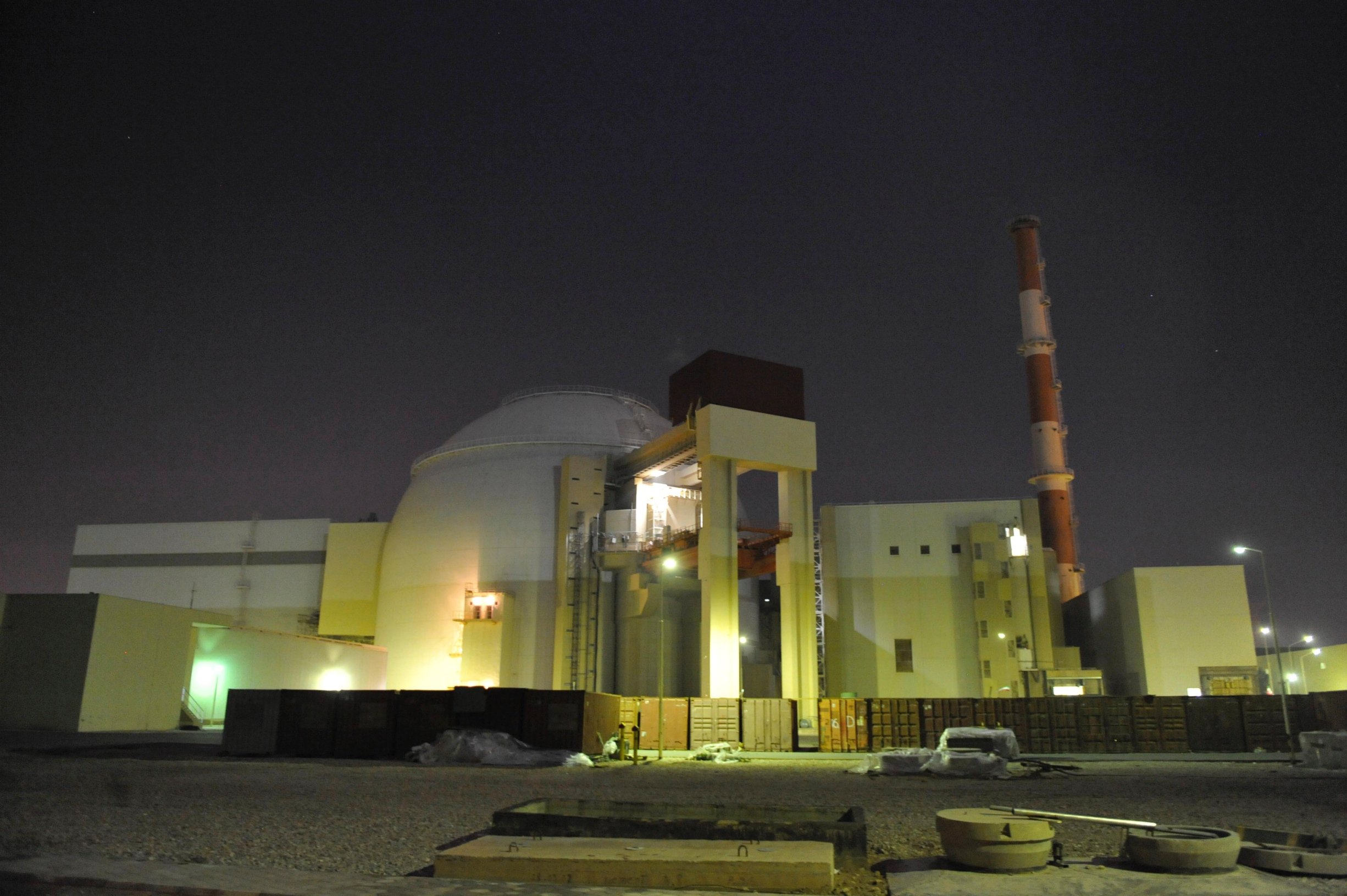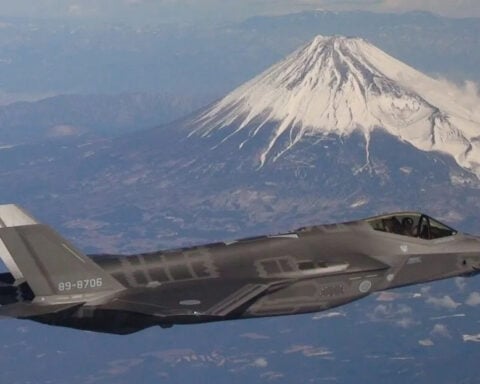
Nearly 60 members of the U.S. House of Representatives and U.S. Senate are visiting Israel this month to discuss with Israeli political leaders the proposed nuclear deal with Iran. Israel’s Prime Minister Benjamin Netanyahu is attempting to influence these members of congress to vote against the proposed P5+1 nuclear agreement when it comes to the floor in September.
Top military analysts and proponents of the deal contend that if the deal is derailed, the risk of a military conflict with Iran is greatly increased. In fact many of the deals opponents have vocally supported a military option in lieu of the proposed deal. These opponents to the deal claim that the use of military force “can be managed to avoid escalation.”
Can escalation be managed?
To better understand the potential consequences of a bombing campaign against Iran, I researched and co-authored an article in Proceedings titled Bomb Iran? (May 2013), with my Naval War College colleague Cmdr. Ron Oard USN (ret). The article is an in-depth historical analysis of both U.S. and Israeli punitive bombing campaigns. We specifically focused on the strategic results of these campaigns. The Bomb Iran? article was written in late 2012, a time like today, when many commentators were making claims that military strikes against Iran were both necessary and a solution to the problem. They advised then, as they do now, that airstrikes against Iran’s nuclear infrastructure would not necessarily lead to a wider conflict and that the risk of escalation was “manageable.”
After a careful study of the history of coercive bombing campaigns our conclusions illustrated that those like Senators Tom Cotton, and presidential candidates Mike Huckabee and Rick Perry whom have made repeated claims that force can be used against Iran without risking escalation, are perhaps grossly underappreciating the scale and scope of what bombing Iran may entail. Presented here are a few numbers and nuggets of information, many are condensed from the full length Bomb Iran? article. Also included are some insights into the methodology used to support our analysis.
For example, to better understand the scale of a bombing campaign against Iran, we compared the geographic area and populations of Korea (1950), Vietnam (1968), Afghanistan (2001) and Iraq (2003). We were startled to discover the results of this baseline inquiry. As it turns out, Iran possesses 632,000 square miles of territory. In short, Iran would geographically represent the largest theater of battle the U.S. has fought in since the European campaign in World War II (Afghanistan, the current claimholder, is 60 percent smaller than Iran). At 78 million, Iran would by far also represent the largest population of a target country since WW II (over double that of Afghanistan, which is again the current post-WW II leader, and comparable to Germany in 1944 which had 75 million). These numbers matter, especially when considering available sanctuary to foil targeting and the near inexhaustible manpower at Iran’s disposal.
In light of the many strategic errors made by U.S. policy makers since the end of WW-II that stemmed from the failure to comprehend the basic geographic, demographic, and cultural variables of countries we have attacked and/or invaded, it seems elementary to understand that the country that some now casually claim can be attacked with “manageable” risk is rather huge, and has a very large population. Finally, it would also be important to note that the Iranian people and culture have lived on this piece of planet earth for more than 5000 years. If the eight years of bloodletting during the Iran-Iraq war is any indication, we can assume that the Iranian people will make great sacrifices to defend this corner of the planet that they have long called home.
But what about the effectiveness of coercive bombings? The 1999 operation against Serbia is perhaps the one example of a successful coercive bombing campaign achieving the desired strategic objectives. However, in terms of “manageable escalation,” the campaign protracted well beyond the planned three-to-four day demonstration of NATO airpower, into a 73 day protracted bombing campaign. Reaching the stated objective required a systematic expansion of the target list that left Serbia’s infrastructure and economy ruins. Most importantly, maintaining the peace in Kosovo required the insertion of NATO ground forces. Does anyone imagine that a similar outcome would be possible with Iran for a limited war objective?
As to the question of “manageable” risk, the historical success record is very poor. For example, Benjamin Lambeth wrote in Learning From Lebanon (2012), about Israel’s 2006 campaign into southern Lebanon that “What most accounted for the frustration felt throughout Israel as the conflict unfolded was the fact that at no time during the thirty-four days of combat were [Israeli Defense Forces] forces able to stem the relentless daily barrage of short-range Katyusha rockets…”[i] Despite more than 19,000 Israeli Air Force tactical sorties, a ground invasion of Southern Lebanon, and more than 173,000 artillery shells fired, the tide of rocket attacks on Israel was not stopped. Over the course of the 34-day conflict, Hezbollah launched an average of 170 rockets a day into Israel and on the day before the conflict ending cease-fire was enacted they launched a total of 250.[ii]
My Bomb Iran? co-author and I concluded that “the important point to be drawn from this non-US historical case is that like NATO’s 1999 operation against Serbia, Israel had hoped to limit this operation to a two-to-three day precision application of power that would coerce Hezbollah to surrender two IDF soldiers (whose abduction had sparked the conflict). Israel employed devastating stand-off precision attacks against every known enemy weapons cache, Hezbollah forces, and leadership locations—but the rocket fire into Israel continued unabated.” Here in this case, Israel’s perceived “manageable” risk of escalation soon protracted into a very costly escalation for Israel.
A comparable escalation with Iran would result hundreds of far more lethal and precise ballistic missiles being launched against US bases in the region, and Israel. Additionally, Iran’s vast array of anti-access/area denial weapons would disrupt the maritime commerce in the Persian Gulf with a ripple effect on the global economy.
The advanced arsenal of Iran’s missile forces will find ample sanctuary in the rugged landscape and coastline of Iran. Targeting dozens, if not hundreds, of mobile missile batteries in Iran’s vast landscape will certainly prove to be much more challenging than those confronted in the compact battle space of Southern Lebanon. To put it bluntly, the risk of escalation poses such extreme and costly risks, that few in the profession of arms recommend this course of action for achieving the limited objective of destroying Iran’s nuclear program. Iran can hit back, and they can hit back hard.
We also concluded that a point relevant to any potential conflict with Iran is that the “pulse of power expertly delivered by the Israeli military did not bring a rapid conclusion to the conflict or completely achieve any of Israel’s stated objectives for the war. Hezbollah was weakened but still exists as a capable enemy. Considering these results, it should be surprising that Israel believes it can achieve better results against a far more challenging target set in Iran.” Perhaps this is why they are working so hard to urge the US to do the fighting for them?
Finally, the most puzzling number that seems to be overlooked by the opponents to the deal is 6-12 months. This is the amount of time Iran will need to produce enough fissile material for a bomb if the deal falls through. This stands in stark contrast to the 10 years – to never expert prediction if the deal is implemented. Members of the profession of arms, and students of military history should shiver when they hear proclamations of “manageable risk” from political leaders against a country as large and powerful as Iran. This echoes the fateful proclamations of wars past that “the boys will be home for Christmas.” Such boastful and confident expressions of success fail to measure up to critical historical analysis. The enemy always gets a vote, and in this case, there is little reason to believe Iran will acquiesce to coercion after having come so far to strike a deal with the worlds six most powerful nations.
[i] Benjamin Lambeth, “Learning From Lebanon: Airpower and Strategy in Israel’s 2006 War Against Hezbollah,” Naval War College Review 65/3 (Summer 2012): p.83.
[ii] Ibid, p.91




